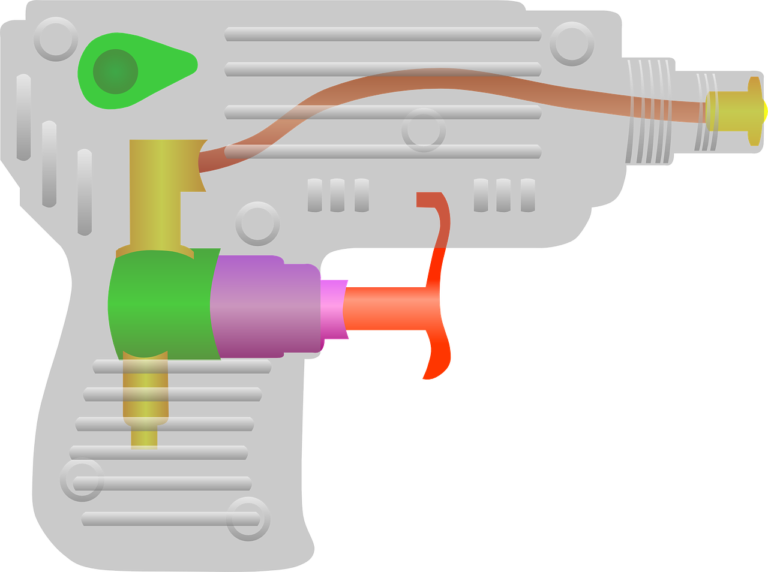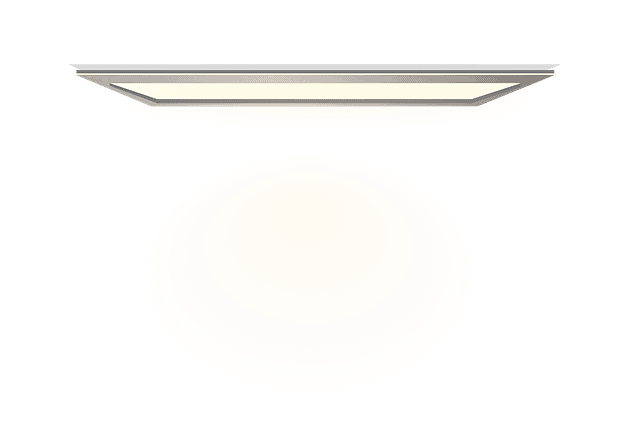How to Thin Oil Based Paint for Spray Gun
Many professional and DIY painters have asked how to thin oil-based paint for the spray gun. Possibly you got interested in reading this article because you have sought answers to the same question before.

Well, for their convenience and speed, spray guns are great tools for use in any painting project. However, if you will use oil-based paint, you have to thin it out for the best outcomes.
Several questions usually linger whenever oil-based paint is mentioned, and these include;
- What is oil-based paint?
- How do you thin oil-based paint?
- What is oil-based paint used for?
- What types of paint are oil-based?
See Also: Sprayer for Interior Walls
What is oil-based paint?
This form of paint is made up of particles of pigment in drying oil, usually linseed oil.
Owing to its thickness or viscosity, oil paint takes a little longer to dry and may require solvents like varnish, white spirit, or turpentine to modify. Today it is commonly applied to wood within buildings. It also works on metal structures on bridges and ships.
Due to the nature of the chemicals involved in this exercise, you need to have proper tools, equipment, and protective gear in place.
These include a face mask, an apron, and overall, stick, warm water in a bucket, and unusual containers. More importantly, it would help if you had a thinner, and this may be Lacquer thinner, turpentine, or mineral spirit.
See Also: Sprayer for Latex Paint
How do you thin oil-based paint for spray gun?
Step one: Wear the recommended protective attire.
Owing to the intense and toxic nature of oil-based paints, it is mandatory to wear the right personal protective equipment. Remember, inhaling these potent gases repeatedly may cause cancer, and that is why you must wear the gas mask before you start the process.
Typically, paint hardens on surfaces like clothes and the skin. It may even be corrosive in some cases; therefore, to keep you safe, wear an overall and a pair of plastic gloves.
Step 2: Empty the paint into a mixing container
Consider the area to be painted and estimate the amount of paint that should go into the task. Take a sizable container and pour in the paint, being careful not to exceed to amount.
See Also: Airless Paint Sprayer
Step 3: Put in the thinner
The most important thing at this stage is to determine the thinner/ paint mixing ratio. You may not have to worry much about this because all manufacturers include recommendations within the user manual.
However, the regular mixing ratio for paint substances is 1:3. This translates to mixing 1 part of the thinner to 3 parts of paint. Do the process delicately to avoid spilling the thinner or paint on the floor,
Step 4: Stir to mix thoroughly.
After emptying the thinner into the paint, use the recommended stick to mix them thoroughly. Start a good slow pace and increase as the paint gets thinner. Again, the whole idea is to do it keenly enough to avoid any spillages.
Step 5: Test the results.
This stage is important because it helps evaluate and tell whether the results are in tandem with your expectations. First, drain the mixed paint down a funnel. If it runs smoothly, then you are good to go.
However, if it is too thick, then you may have to add the thinning solution. On the contrary, if you had you added in an excess amount of thinner, you will have to add more paint, a little at the moment, as you stir to stabilize.
See Also: Cordless Paint Sprayers
Step 6: Lower the paint bucket in warm water
This move aims to keep the thinned paint from losing the achieved viscosity. To maintain its moisture levels, ensure to seal the paint container well and be urgent to apply it before changing the state.
Step 7: Load your Spray Gun
Pour the paint into the spray gun and then get into action. To do this, open the spray gun canister and fill in the paint.
Channel it carefully into the can to avoid spillage. You can get down to work now!
Frequently Asked Questions
1. Why should the paint be thinned?
Oil-based paints are quite viscous. They are thick and hence require thinning to avoid clogging the spray gun’s nozzle in simpler terms.
2. What types of paint are oil-based?
Oil-based paints are derived from natural and synthetic oils. Linseed is the source of the natural oils, while Alkyd forms the source of synthetic oils.
Of the two, Alkyd is more available since it is cheaper and tougher. And, although its more durable, Oil-based paint takes much longer to dry
3. How long do oil-based paint fumes last?
Well, on average, you may have to wait for about three days for harsh paint smells to subside. It is advisable to avoid the painted area during this drying period.
See Also: Paint Sprayer for Exterior Walls
4. What is oil-based paint used for?
Due to their durable nature, Oil-based paints can resist routine or regular contact.
This makes them a good choice for trims and moldings. It taps into the properties of resin to create a tough coating that fights rust and stains.
5. Is oil-based paint still available?
Of course! These paints were once the favorites for interior painting in walls, doors, and cabinets.
Although the modern house has gravitated towards water-based paints, Oil-based paints are still available and applicable.
6. What advantages are there in using Oil-Based Paint?
- They work well in cold climates.
- Quite durable and excellent for walls and trim
- Covers much better than latex, particularly in damaged areas
- It’s good on cupboards and surfaces with high traffic. It also covers the stain completely.
- Its colors are richer than water-based paints.
See Alo: Stain for Swing Set Stain
Conclusion
Thinning paint is a typical DIY exercise, and hence you don’t need to incur any expense on an expert.
Carefully follow our procedure, and you will be sure to forestall any dangers inherent in the process.




